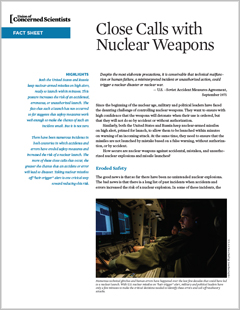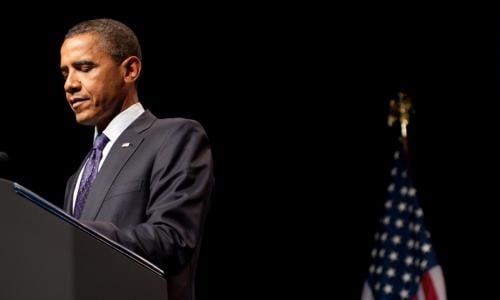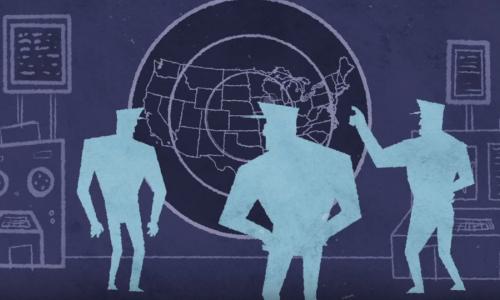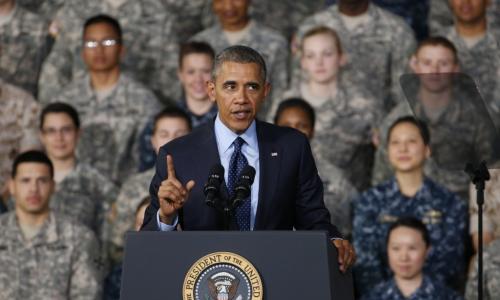On November 9, 1979, the unthinkable happened: computers at the North American Aerospace Defense (NORAD) headquarters indicated that a large-scale Soviet missile attack was underway.
NORAD immediately relayed the information to high-level command posts and top leaders convened to assess the threat. Their response was swift: crews responsible for launching U.S. intercontinental ballistic missiles were put on the highest alert, nuclear bomber crews boarded their planes to prepare for takeoff, and the Airborne Command Post—the aircraft designed to allow the president to maintain control in the event of an attack—was put in the air, though without the president on board.
Six minutes later, when satellite data failed to confirm any incoming missiles, leaders decided against retaliation. It was later discovered that a technician had mistakenly inserted a tape containing a training exercise scenario into an operational NORAD computer, simulating a full-scale attack.
Following the incident, new processes ensured training tapes couldn't run on the main system—though Marshal Shulman, a senior State Department advisor, would later note that “false alerts of this kind are not a rare occurrence. There is a complacency about handling them that disturbs me.”







